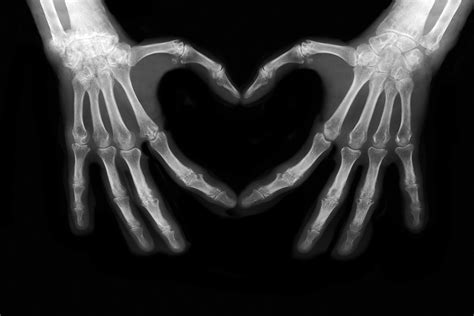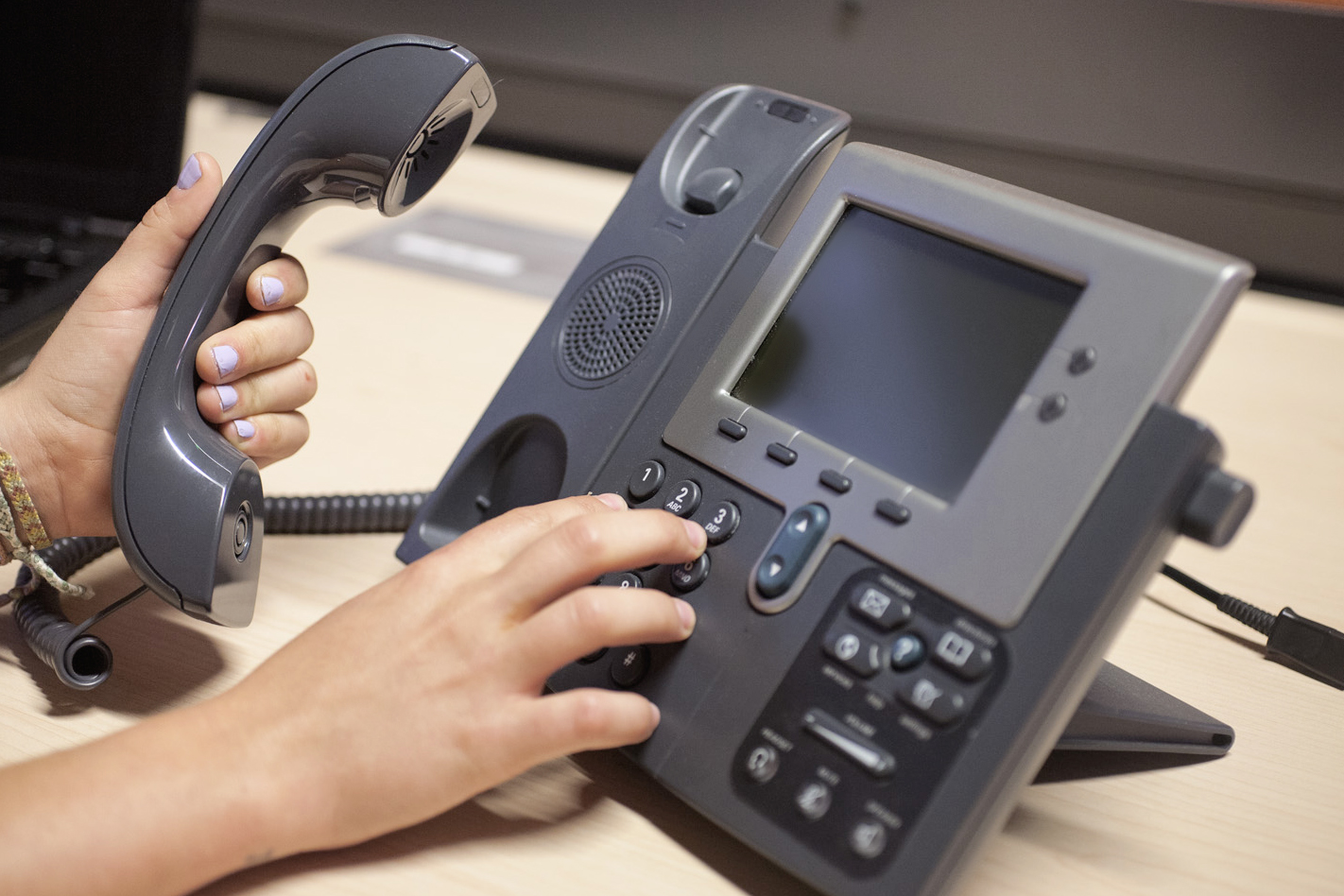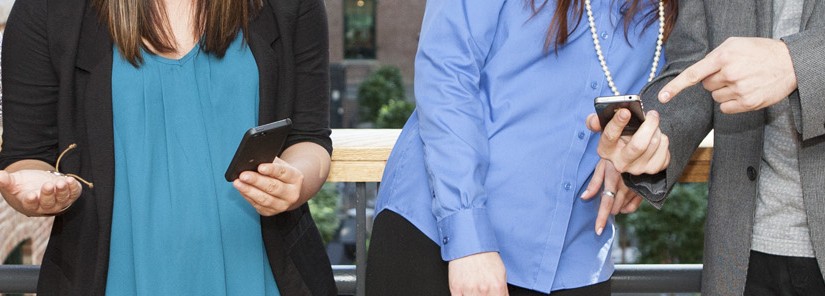My love of words is beyond explanation. Well, actually, the love is explanation. Grammar is my jam, and my jam may be different than yours. But words… words we can nail down. Even for the things we didn’t even know had names.

That thing that mechanics lie on and use to roll under a car when doing repairs? It’s called a creeper. Makes sense, still sounds weird. And probably going out of style, as almost every repair shop these days seems to have a lift, negating the need for said creeper. Words all come from somewhere, and this one came from a patent submitted in 1916 by a man named Axel, Axel Peterson. Can’t make this up.
That paragraph mark that shows when you reveal the formatting in your Word document? OK, maybe only I do that, but I think you’ve seen it. Did you know it has a name other than paragraph mark? And that name is rather cute: pilcrow.
While words may always be swimming around my world, I began to wonder who makes the grammar rules we were taught and accept? For example, did you know two spaces between sentences is no longer considered acceptable? And that “the” has disappeared from words like hospital and university? I hear newscasters doing it. I read respected news outlets doing it. Did someone one day just start doing it differently and everyone followed? Not possible, says my mind, so I dove in.
Space Space
Apparently the two spaces between sentences makes me an old fart, says The Wall Street Journal, said the practice “made sense in the mechanical age.” Mechanical age? And Google returned “common questions” to my search like “Why do boomers put two spaces after a period?” Now I’m a boomer from the mechanical age? What is going on??
Apparently this one wasn’t a committee, but rather the gradual transition to word processing from typewriters to computers, as computers “automatically format spacing”. Well computer, you’re just a really really smart typewriter and those of us from the mechanical age are hitting space-space whether Word notes it in error or not. I want to revolt and rally around the space-space, but I admit, I just don’t have the stamina. No fighting The Man on this one.
WF?
However… let’s talk about the loss of “the” in “American” English to certain longtime, comfortable terms.
Did you know there is no global oversight body that dictates English grammar? It’s some weird cultural collective change. I know the total number of words expand and contract over time, as different ones come into popularity or devolve into archival status, but grammar, the structure of our words, changes?
I’ve heard the Brits speak this way my whole life, but I had no idea they were fighting a tacit grammar battle, and won! Have you noticed? Apparently Google hasn’t, as I couldn’t find any article about how Americans are now using the British rules, but if you listen carefully, US media has accepted the grammar change without a fight or even an argument. Just the pink slip. Or pink slip.
How do you say it?
…. More






























































 1. Crowdsourcing
1. Crowdsourcing




